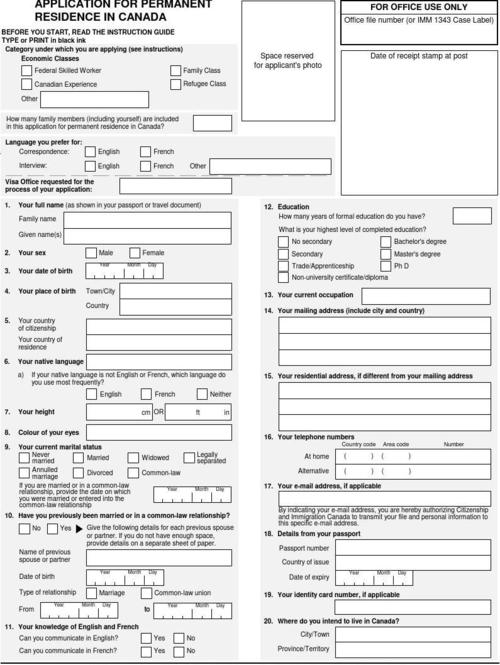Title: Navigating the IELTS Table for Immigration: A Comprehensive Guide
Understanding the IELTS Table for Immigration Purposes
The International English Language Testing System (IELTS) is a globally recognized examination used to assess English language proficiency for individuals seeking to study, work, or migrate to Englishspeaking countries. For immigration purposes, the IELTS exam evaluates candidates on four key language skills: Listening, Reading, Writing, and Speaking. The scores obtained from these sections are crucial for determining eligibility for immigration.
Interpreting the IELTS Table Scores
The IELTS test scores are reported on a nineband scale, with each band corresponding to a level of English proficiency. Below is a breakdown of the bands and their descriptions:
Band 9
: Expert User
Band 8
: Very Good User
Band 7
: Good User
Band 6
: Competent User
Band 5
: Modest User
Band 4
: Limited User
Band 3
: Extremely Limited User
Band 2
: Intermittent User
Band 1
: NonUser
Different countries and immigration programs have specific requirements regarding the minimum IELTS band scores they accept. For instance, Canada's Express Entry system, which manages applications for three main economic immigration programs, typically requires a minimum overall band score of 6 or 7, depending on the program. Australia, another popular destination for immigrants, has its own score requirements for various visa subclasses.
Navigating the IELTS Table for Immigration
1.
Assessing Minimum Requirements
: The first step in navigating the IELTS table for immigration is to carefully review the language proficiency requirements set by the country you intend to immigrate to. These requirements may vary based on factors such as visa type, occupation, and immigration program.
2.
Understanding Score Distribution
: It's essential to understand that immigration authorities often have specific score requirements for each of the four sections of the IELTS exam: Listening, Reading, Writing, and Speaking. For example, while a country may require an overall band score of 7, it may also stipulate that no individual band score falls below 6.
3.
Preparing for the Exam
: Achieving the required IELTS scores for immigration typically requires thorough preparation. This may involve enrolling in IELTS preparation courses, practicing sample test papers, and familiarizing yourself with the test format and timing. Dedicated preparation can significantly improve your chances of obtaining the desired scores.

4.
Booking the Test
: Once you feel adequately prepared, the next step is to book your IELTS exam. Ensure you choose a test date that allows sufficient time for preparation and any potential retakes if needed. Additionally, select a test center convenient for you and ensure availability of test dates.
5.
Taking the Exam
: On the day of the exam, arrive at the test center early, carrying all necessary identification documents. Follow the instructions provided by the test administrators, and do your best to remain calm and focused throughout the exam.
6.
Receiving Scores and Taking Action
: After completing the exam, you will receive your IELTS scores within a few days. If you achieve the required scores for immigration, you can proceed with your application. However, if you fall short of the minimum requirements, consider retaking the exam after further preparation.
Conclusion
Navigating the IELTS table for immigration involves understanding the score requirements of your desired destination country, preparing diligently for the exam, and strategically planning your test dates. By familiarizing yourself with the process and dedicating sufficient time to preparation, you can maximize your chances of achieving the required scores and successfully pursuing your immigration goals.
文章已关闭评论!
